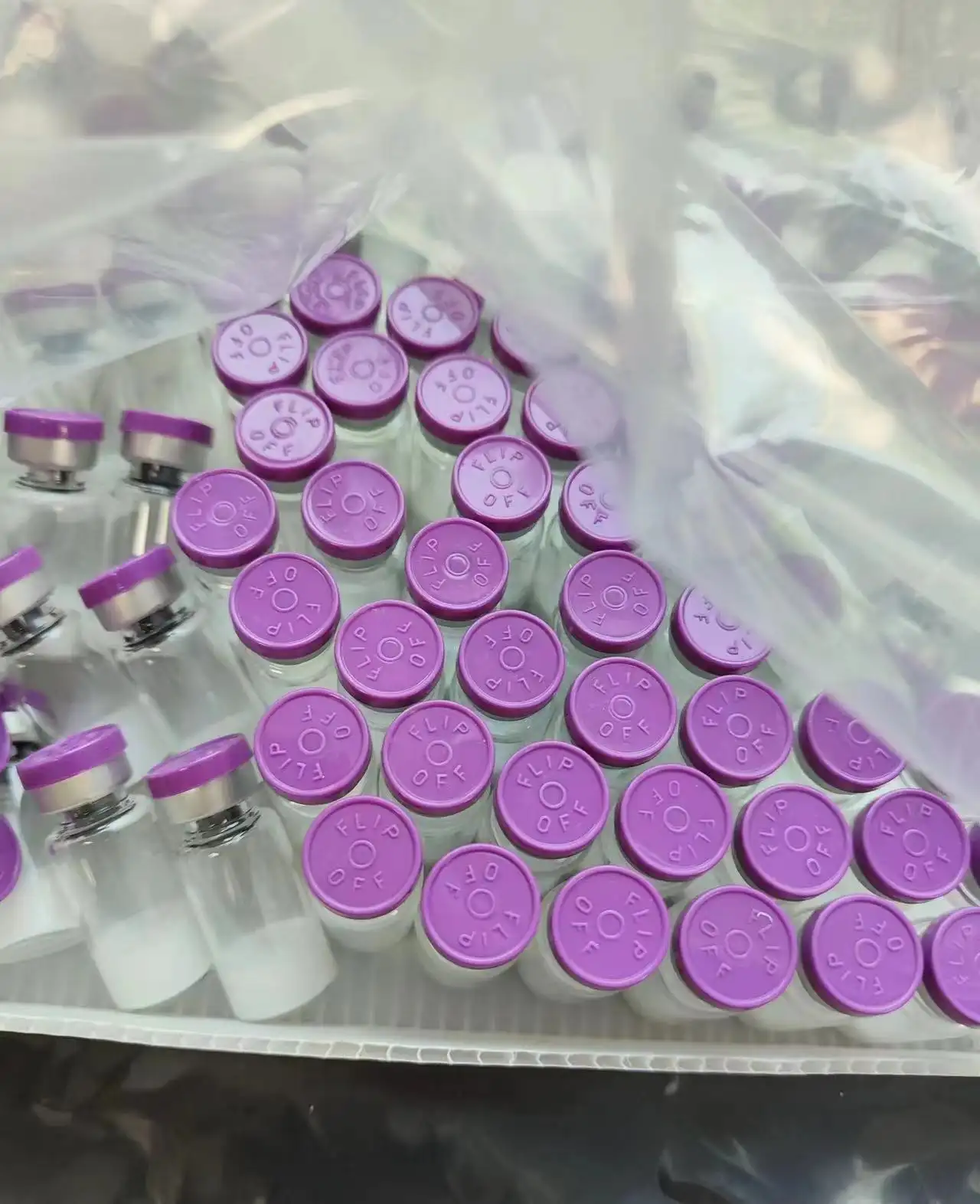Nature sub-magazine reviews in-depth interpretation! Building T-cell cell chambers: How does the development of immune cells shape their function?
-
Last Update: 2020-07-18
-
Source: Internet
-
Author: User
Search more information of high quality chemicals, good prices and reliable suppliers, visit
www.echemi.com
, June 30, 2020 /
PRNewswire/ -- In a recent study published in the International Journal ofNature Reviews Immunology, scientists from the University of New South Wales and others discussed how the development of immune cells shapes their developmentNow researchers are only just beginning to understand the diversity of the peripheral Cell cell cell chamber, which stems from the specialization of different T-cell subgroups and the plasticity of a single primitive T-cell, although the offspring of a single T-cell differentiate into multiple phenotypes after infection, but the single T cell is more inclined to a specific phenotypeThese biases are often attributed to random factors that occur during and after antigen stimulation; however, the T-cell region does not remain static with age, changing immune challenges in the course of individual development to produce T-cells with different functional characteristics, and in this review, the researchers argue that the developmental history of primitive T-cells creates a diverse "hidden layer" structure that can continue into adulthood, and deeply parses this diversity or provides a new perspective on the body's entire life cycle and immunotherapyinarticle, the researchers discussed "the immune challenge sized in development," "immune solutions," "structural lysing functions," "changes in immune development", and the researchers' discussion points to a new model in which different developmental histories of the original T-cell pool promote the diversity of T-cell responses to infection; Now there is ample evidence that different subtypes of primitive T-cells in adults exhibit unique effects during infection, which is related to the time they first were born in the host, and the researchers believe that the evidence could redefine their view of the adult body's immunity to events that occur after the start, and that the researchers need to better understand how the heterogeneity of the initial group of T cells affects its response to acute infections and the quality of its long-term memory responsePhoto Credit: Davenport, M.P., et alRev Nat Immunoldoi:10.1038/s41577-020-0332-3
the challenge for future researchers is to develop new models and tools to evaluate the ratio between newborn and adult cells, RTEs and mature cells, mature primitive cells and virtual memory phenotypes that make up the original cell pool between mice and humansUnderstanding the mechanisms by which these cell subgroups react to infection in newborns and adult environments is important, in mice, researchers have the ability to use complex fate-mapped mouse models to understand how exogenous factors (such as diet and microbial populations) interfere with the occurrence of individuals in the T-cell region, thereby affecting the host's response to infection, and such models may also help map the development pathways of different subgroups of primitive T-cells, as well as provide future human studiesfor humans, it is important to identify reliable markers of primitive T-cells of different subgroups using new single-cell RNA sequencing and transposonase using sequencing to approach chromatin single-cell experiments, and to help better understand how the peripheral T cell chamber is altered at the group level at single-cell levels and at different stages of the body's development, if we can understand the changes in the peripheral T cell pool from birth to old ageIn the future, it may be possible to predict the outcome of the body's response to infection based on the structure of the original T-cell pool, and a better understanding of the individual occurrence of the primitive T-cell cell chamber may also help advance scientists' research in the field of personalized medicine, for example, researchers may be able to develop individualized vaccines based on different individuals to improve the effectiveness of vaccine protection, while also helping to predict the effective and adverse consequences associated with immunomodulatory therapies, and eventually researchers will find the original T cells of specific subgroupsand match it to specific treatment applications, such as cancer immunotherapy (BioValleyBioon.com) References: Davenport, M.P., Smith, N.L and Rudd, B.D Building a T cell cell: how immune cell cell development function Rev Nat Immunol (2020) doi: 10.1038/s41577-020-0332-3
.
This article is an English version of an article which is originally in the Chinese language on echemi.com and is provided for information purposes only.
This website makes no representation or warranty of any kind, either expressed or implied, as to the accuracy, completeness ownership or reliability of
the article or any translations thereof. If you have any concerns or complaints relating to the article, please send an email, providing a detailed
description of the concern or complaint, to
service@echemi.com. A staff member will contact you within 5 working days. Once verified, infringing content
will be removed immediately.







